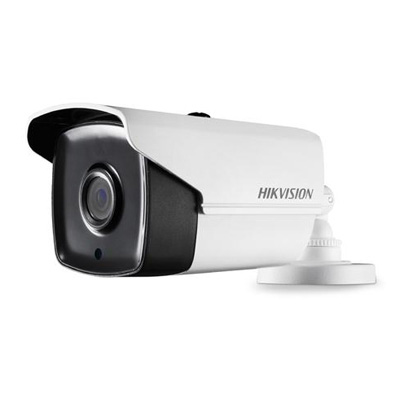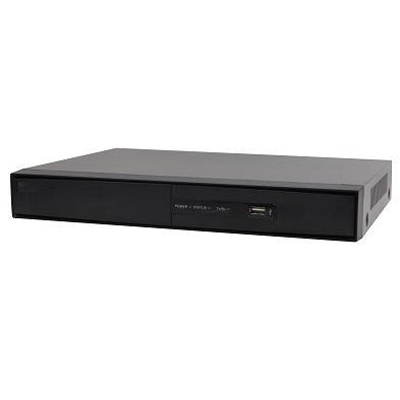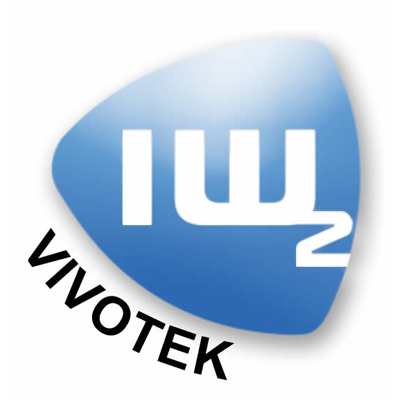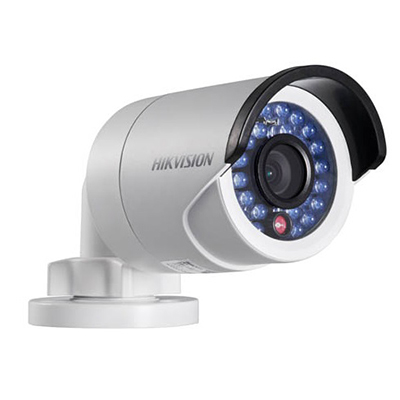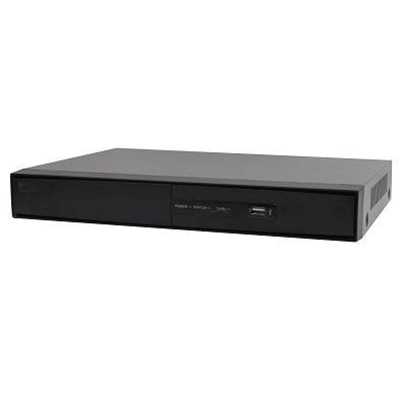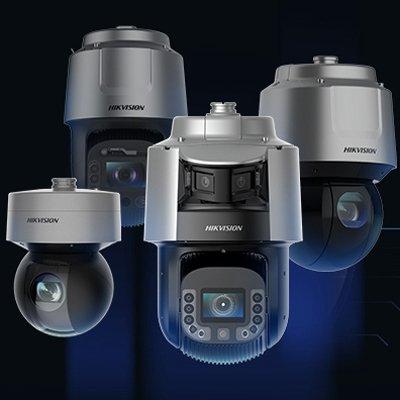Powercast Corporation, the globally renowned company in radio-frequency (RF)-based, over-the-air wireless power technology and solutions, has announced the launch of a new wirelessly-powered RFID Temperature Scanning System that enables businesses to easily and safely monitor employees' temperatures, as they work to re-open offices and get back to normal.
RFID Temperature Scanning System
The new system is comprised of a wirelessly-powered temperature-scanning fob for each employee, an RFID reader, and a TV monitor. Employees receive a fob small enough to fit onto their keychain that is specially personalised to them.
The fob quickly charges when held near an RFID reader using Powercast's power harvesting technology
The fob quickly charges when held near an RFID reader, at the entrance to the enterprise’s office, using Powercast's patented power harvesting technology. Employees scan their own forehead using the fob to read their temperature and are permitted to enter or are denied entry, based on the temperature reading, which appears on the monitor.
Effective employee screening
For larger organisations and those on corporate campuses, multiple readers can be used to keep a record for contact tracing, if issues arise. Once employees take their temperature when entering the building, they can return the fob to their pocket and do not need to remove it again for location tracking.
In the case of COVID-19 exposure, time-stamped information can be automatically gathered from the readers to ensure that all potentially exposed employees are notified.
‘COVID-19 Return to Work Survey’
According to a recent ‘COVID-19 Return to Work Survey’ report from Littler, an employment law practice, more than half (58%) of employers surveyed plan to conduct testing or health screenings on employees, with most referring to temperature checks (89%) and symptom screenings (72%).
Powercast's Temperature Scanning System is already in use at Powercast's headquarters in Pittsburgh's RIDC Park. The RFID reader antenna is integrated into the company's check-in counter, enabling fast, hands-free screening. During the first 12 days, the system took a total of 300 readings, which were as accurate as a traditional handheld thermometer.
Powercast Scanning System
The new Powercast Scanning System has a distinct advantage over handheld devices
The new Powercast Scanning System has a distinct advantage over handheld devices that are shared and hard to maintain germ-free or other modes that require employees to stop and write down their information, potentially sharing pens and creating a blockage at entry points.
In the wake of COVID-19, businesses are eager to get back to normal as quickly as possible, while ensuring the safety and welfare of their employees. A ‘COVID-19 Returning to Work Survey’ of 1,000 U.S. employees by Eagle Hill Consulting found that 54 percent of employees are worried about exposure to COVID-19 at their job. Most employees (71 percent), however, felt their employers will be prepared to safely bring employees back to the workplace.
Quick and easy implementation
"We designed this new Temperature Scanning System to take advantage of proven technologies that can be quickly and easily implemented by companies of all sizes so that they can get back to work, safely and without a huge imposition to workers," said Charles Greene, Ph.D., Chief Operating Officer and Chief Technical Officer of Powercast.
Charles adds, "This is one of many ways we are applying wireless power to solve real-world problems and eliminate some of the limits of other alternatives."
Powercaster RF wireless power transmitters
The RFID Temperature Scanning System uses RAIN RFID readers as its source of RF wireless power. The System's over-the-air RF harvesting technology can harness RF energy from Powercast's own PowerSpot or Powercaster RF wireless power transmitters, or from industry standard UHF RFID readers.
The enabling technology behind the system is Powercast's tiny, embeddable Powerharvester receiver chip, which harvests RF automatically when it's within range of an RF power source, and then converts it to direct current (DC) to power the application.
The chip is highly efficient and effective in deriving power from even very small amounts of RF and is currently being used in a number of consumer and business applications where wireless power provides a distinct advantage.
How the RFID Temperature Scanning System Works
After recording the temperature, the data is sent to the RFID reader to read
Each battery-less fob contains an RFID chip, which identifies its owner, a Powercast Powerharvester receiver chip, a Microchip Technology PIC24F04KA201 microcontroller (MCU) and a temperature sensor. The employee simply holds their fob device in a designated power area equipped with an RFID reader antenna and a TV screen.
The fob harvests the RF to power up the temperature sensor. After recording the temperature, the data is sent to the RFID reader to read. The TV screen then displays the employee's name, temperature, and either a green or red light to indicate if they may enter.
Microchip's PIC24F04KA201 MCU
Powercast chose Microchip's PIC24F04KA201 MCU because of its minimal power consumption and ability to incorporate I2C and an analogue-to-digital converter into a very small package, enabling a car fob-like size. In addition, Microchip's MPLAB Code Configurator sped up the concept-to-prototype process, resulting in a commercially-available system in less than 2 months.
"The PIC24F microcontroller family is a perfect fit for the Powercast temperature scanning fob due to the extreme low power consumption, flexible peripheral set and small form factor. Microchip's tool chain enables rapid development and commercialisation as demonstrated by this product," said Joe Thomsen, Vice President of Microchip's MCU16 business unit.
Joe adds, "Creative designers are able to quickly develop low-power solutions like this temperature scanning key fob, ensuring employees return to work in a safe environment."










